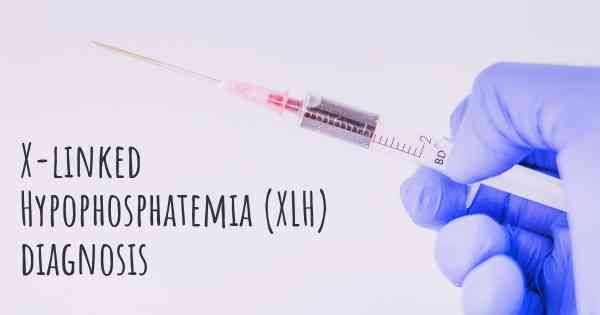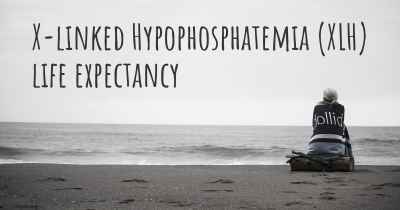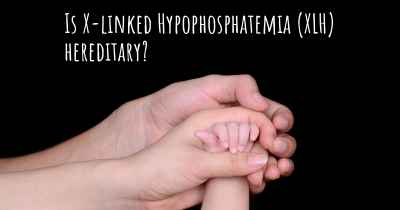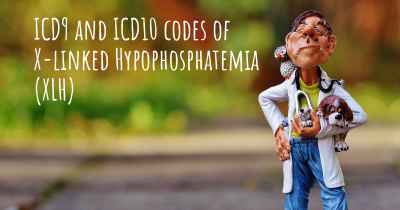How is X-linked Hypophosphatemia (XLH) diagnosed?
See how X-linked Hypophosphatemia (XLH) is diagnosed. Which specialists are essential to meet, what tests are needed and other useful information for the diagnosis of X-linked Hypophosphatemia (XLH)

X-linked hypophosphatemia (XLH) is a genetic disorder that affects the bones and teeth due to a mutation in the PHEX gene. It is characterized by low levels of phosphate in the blood, leading to impaired bone mineralization and skeletal abnormalities. Diagnosing XLH involves a combination of clinical evaluation, laboratory tests, and genetic analysis.
Clinical Evaluation: The first step in diagnosing XLH is a thorough clinical evaluation by a healthcare professional. They will assess the patient's medical history, symptoms, and physical examination findings. Common signs of XLH include short stature, bowed legs, dental problems, and bone pain.
Laboratory Tests: Blood and urine tests are essential to confirm the diagnosis of XLH. These tests measure the levels of phosphate, calcium, and other minerals in the blood. In XLH, phosphate levels are typically low, while calcium and parathyroid hormone levels may be normal or slightly elevated. Additionally, urine tests can help evaluate phosphate wasting and calcium excretion.
Radiographic Imaging: X-rays or other imaging techniques are often used to assess bone abnormalities associated with XLH. These images can reveal characteristic findings such as bowing of the legs, abnormal growth plates, and undermineralization of bones.
Genetic Analysis: Genetic testing is the definitive method to confirm the diagnosis of XLH. It involves analyzing the patient's DNA for mutations in the PHEX gene. This can be done through a blood sample or a saliva sample. Genetic analysis not only confirms the diagnosis but also helps identify carriers and affected family members.
Differential Diagnosis: XLH shares some similarities with other conditions that cause rickets or osteomalacia. Therefore, it is crucial to rule out other potential causes of low phosphate levels, such as renal tubular disorders or vitamin D deficiencies.
Overall, the diagnosis of XLH requires a comprehensive approach involving clinical evaluation, laboratory tests, radiographic imaging, and genetic analysis. Early diagnosis is crucial for initiating appropriate treatment and managing the long-term complications associated with XLH.
The tests necessary for its diagnosis include some of the following tests:
PHOSPHORUS
ALKALINE PHOSPHATASE
CALCIUM
25 HIDROXICALCIFEROL
PTH
CALCIUM
CREATININURIA
In addition to x-rays to assess deformities and bone age of the patient, all this in order to make a good diagnosis, and how to differentiate it from other disorders that sometimes resemble each other. Therefore it is important to go to a qualified specialist, ideally working with rare diseases, is the best way to avoid a significant delay of diagnosis.
Endocrinologists and specialists in the area of nephrology and/or metabolism are the appropriate professionals, also, a doctor can refer you to the appropriate specialist after observing bone abnormalities in RX.
Posted Aug 9, 2017 by Felipe Zúñiga 2650








